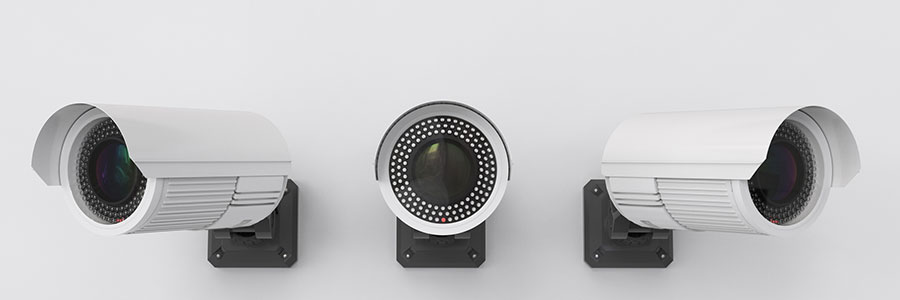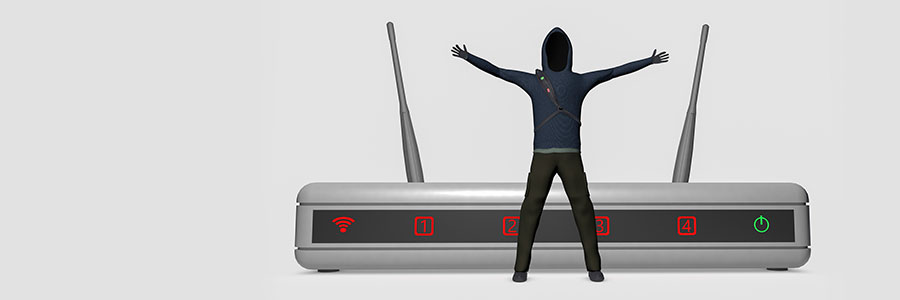You probably think your Internet of Things (IoT) devices don’t need as much protection as your PCs or laptops. Newsflash: They’re actually even more vulnerable to hacking. In fact, researchers have discovered a terrifying strain of IoT malware that can infect your devices.
Hide & Seek malware: What you need to know
Nation-state hackers inflict destructive malware
Chrome users panic as new scam spreads

With evolving technology comes evolving threats. Recently, a researcher revealed that a new type of scam freezes Google Chrome and tricks users into believing that their network security has been compromised. Little did they know that following instructions listed on the screen will lead to an actual security breach.
Android users beware: Ransomware is coming

Traditional ransomware like WannaCry has been explained a thousand ways on a thousand blogs. But one thing you may not have thought about is what ransomware would be like if it infected your mobile device. Read on to learn more.
How does ransomware make it onto your Android device?
Like its desktop equivalent, mobile ransomware needs to be installed on your device before it can do damage.
Locky-type ransomware is attacking systems

In 2016, the Locky ransomware infected millions of users with a Microsoft Word file. It was eventually contained, and cyber security firms have since created protections to detect and block previous Locky variants. However, a similar malware is currently spreading worldwide and has so far infected tens of thousands of computers.
Mac malware goes undetected for years

While Macs have a reputation for being more secure than Windows PCs, they are far from immune. Over the past decade, a piece of malware designed to spy on its victims’ computers has remained unnoticed until quite recently. What’s worse is that security experts are still unsure about how the malware gets into Mac computers.
Steer clear from these types of malware

You’ve all heard of viruses, spyware, ransomware and trojans. But did you know that they’re all types of malware? They’re all designed to ruin your digital life, but different types of malware put your computer at risk in different ways. Understanding what sets them apart can keep your business guarded.






